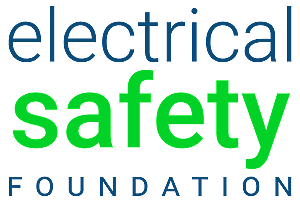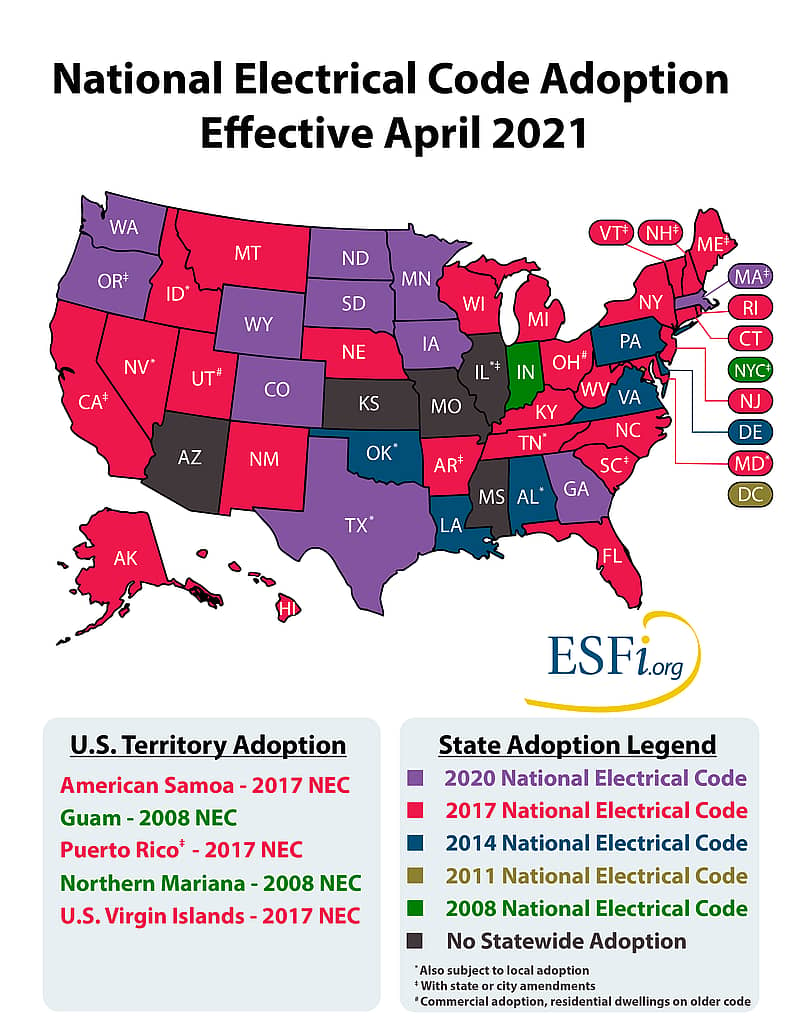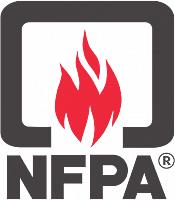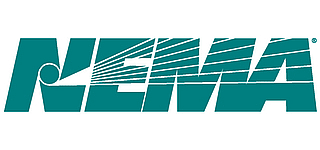Evolving Safety Codified
During the 2014 National Electrical Code (NEC) development process, the NEC technical committees acted on 3,745 code change proposals and 1,625 public comments.
The Safety Process
A Responsive Process to Maximize Safety
Many people are unaware of the protections provided by The National Electrical Code (NEC) or the process through which this code becomes law. While it is not necessary to know the ins and outs, one should be aware of what is at risk when it is suggested to impede the timely adoption of the most recent version.
The National Electrical Code (NEC) codifies the minimum requirements for safe electrical installations in a single, standardized source. While the NEC is not itself a U.S. law, the NEC is commonly mandated by state or local law. Where the NEC is adopted, anything less is illegal. The NEC is revised by the National Fire Protection Association’s Committee on the National Electrical Code, which consists of 19 code-making panels and a technical correlating committee. Revision occurs every three years to ensure that the code takes into account the latest in technology and safety.
Following the release of a new edition, the development process continues; soliciting proposals for amendment. Anyone, including the public, may submit proposals but they should demonstrate data-based evidence that clearly indicates a need for the revision. Panels then review all proposed revisions and comments and, through consensus, establish the rules that then make up the next version of the NEC.
Instead of coinciding with the release of each NEC edition, some organizations and jurisdictions are in favor of extending the adoption cycle beyond three years. However, with technology constantly evolving, any delay in adoption would prevent codes from incorporating new technology and practices that were not available for consideration in the previous edition. A cycle extension would stifle the continuous dialogue and transparency the process has established and leave residents years behind the established minimum requirements for safe electrical installations. This would not only detract from the practical safeguarding of persons and property from hazards arising from the use of electricity, but would also discourage or drastically slow the pace of research and development of future technologies associated with electrical safety.
As the unbiased authority on electrical safety, ESFI is a staunch supporter of the National Electrical Code and its current three-year revision cycle. The process is accountable to the public, both in soliciting public participation in the development process and the resulting protections provided by the Code. ESFI strongly encourages states and jurisdictions to adopt the most recent NEC edition to protect its residents with the latest advancements in electrical safety. The NEC saves lives and its importance should not be minimized for self-serving agendas or impeded by a convoluted process; it is the agreed upon minimum standard for safety, as determined by experts, and should be promptly adopted in full.
For more information about the National Electrical Code, visit: http://www.nfpa.org
Saves Lives and Money
Each day, nearly 7 children are treated for injuries caused by inserting objects such as hairpins into electrical outlets.
Automatic Protection
Milestones of Protection Codified by the National Electrical Code
American life has drastically changed since the National Electrical Code (NEC) was first established in 1897. Even at the time when the National Fire Protection Association (NFPA) became the sponsor of the NEC in 1911 only about 25% of American homes were electrified. In contrast, the average American home today now has more TVs than people. The electrical demands of buildings are greater today than ever before and will assuredly increase. With great power, pun intended, comes great responsibility and the NEC provides such oversight.
The intricacies of the NEC are complex, but a few simple examples may help you understand the lifesaving potential underlying the National Electrical Code’s perpetual revision and adoption.
Tamper Resistant Receptacles (TRRs):
Every year, more than 2,400 children – seven children a day – are treated at hospital emergency rooms for injuries caused by inserting objects such as keys or hairpins into electrical outlets. Statistics have confirmed that devices such as plastic outlet caps are ineffective deterrents for young children, and can even pose a choking hazard. One study conducted by Temple University’s Biokinetics Laboratory reported that 100% of children ages 2 to 4 years old were able to remove plastic outlet covers from the sockets in less than ten seconds.
Fortunately, these injuries can be easily prevented with tamper resistant receptacles (TRRs). These devices look like traditional electrical outlets, but feature internal receptacle coverplates that are designed to prevent children from sticking foreign objects into outlet slots while still allowing plugs to be inserted and removed as usual. These advanced electrical safety devices feature an internal shutter mechanism that only opens when pressure is simultaneously and equally applied to both sides of the shutter, such as when a plug is inserted. Otherwise, the shutter remains closed and cannot be penetrated with objects such as keys, paperclips, or hairpins. They have proven so effective that they have been required since the 2008 edition of the NEC in all electrical outlets and receptacles installed in newly constructed homes. Amazingly, official estimates suggest that the associated increased cost per average new home is less than $50.
Though TRRs offer a permanent, reliable, and automatic protection for children many consumers are still unaware about their existence. Adoption of the current edition of the NEC ensures lifesaving technology, such as TRRs, will be included in new homes and consumers will be protected regardless of their familiarity with the device.
Arc-Fault Circuit Interrupters (AFCIs):
The U.S. Consumer Product Safety Commission estimates that AFCIs could prevent roughly 50% of the electrical fires that occur every year. An arc fault is a dangerous electrical problem caused by damaged, overheated, or stressed electrical wiring or devices. AFCIs offer enhanced fire protection capabilities by recognizing when a hazardous arcing situation occurs in a home’s wiring and immediately cuts power to the circuit before a fire can start. AFCIs save lives and property by preventing fires rather than just mitigating their damage.
First introduced to the NEC in 1999, AFCIs are hardly considered new technology. Yet, the NEC has continuously sought to further expand the use of AFCIs by encouraging their protection in every room of the house. The 2014 NEC will even provide a variety of options through which consumers can provide AFCI protection in accordance with requirements.
Stopping a fire before it even starts is the best way to save lives and property and AFCIs offer that preventative protection. Thanks to the NEC, new homes will be better protected than ever before.
Ground-Fault Circuit Interrupters (GFCIs):
A ground fault is an unintentional electrical path between a power source and a grounded surface. This leakage in current usually occurs when an electrical appliance is damaged or wet, causing electrical current to flow outside of the circuit conductors.
Ground Fault Circuit Interrupters (GFCIs) are electrical safety devices that are designed to protect people from electric shock and electrocution caused by ground faults. GFCIs prevent this potentially deadly shock by quickly shutting off power to the circuit if the electricity flowing into the circuit differs, even slightly, from that returning, indicating a loss of current.
First mandated in the 1971 edition, the National Electrical Code (NEC) has continually expanded its GFCI requirements to all kitchens, bathrooms, garages, basements, crawlspaces, and outdoors. Since their inclusion in the NEC, Ground Fault Circuit Interrupters (GFCIs) have saved thousands of lives and have helped cut the number of home electrocutions in half.
Again, this is likely a technology with which the public is not familiar. The National Electrical Code allows industry experts to provide such protections to consumers even before awareness catches up with availability.
Trust the Code
The above are but a few examples of the technologies the National Electrical Code has helped bring into widespread use, often before public education efforts have successfully conveyed their value.
Like seatbelts, electrical codes protect you from the scenarios you would rather not consider. Whereas lap belts are no longer sufficient, codes too evolve to mandate the latest in safety and technology. As Thomas Edison said, “The value of an idea lies in the using of it,” and so codes incorporate new practices and technology. But codes cannot protect anyone if they are left unapplied. Trust in the code process and advocate for yourself.









